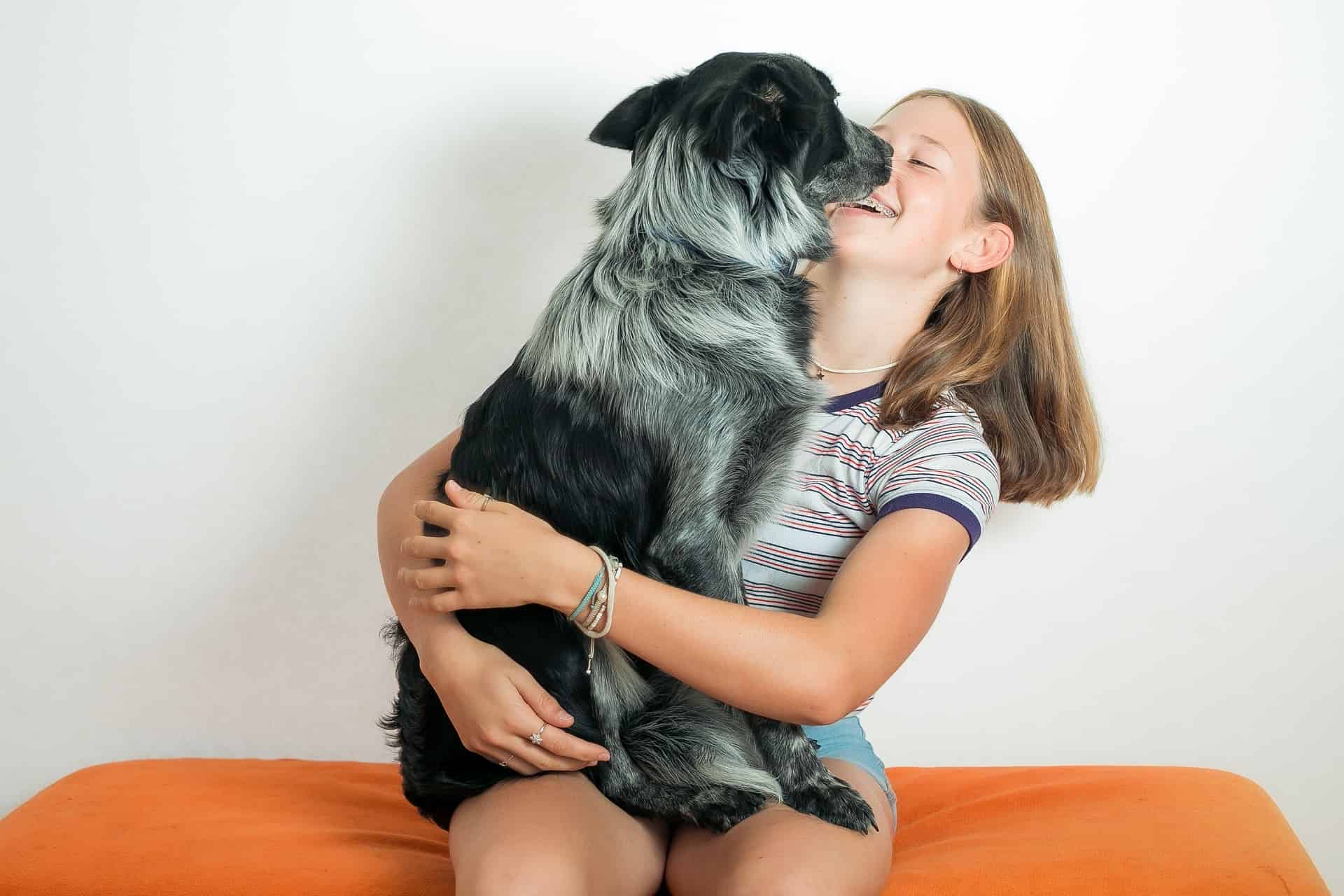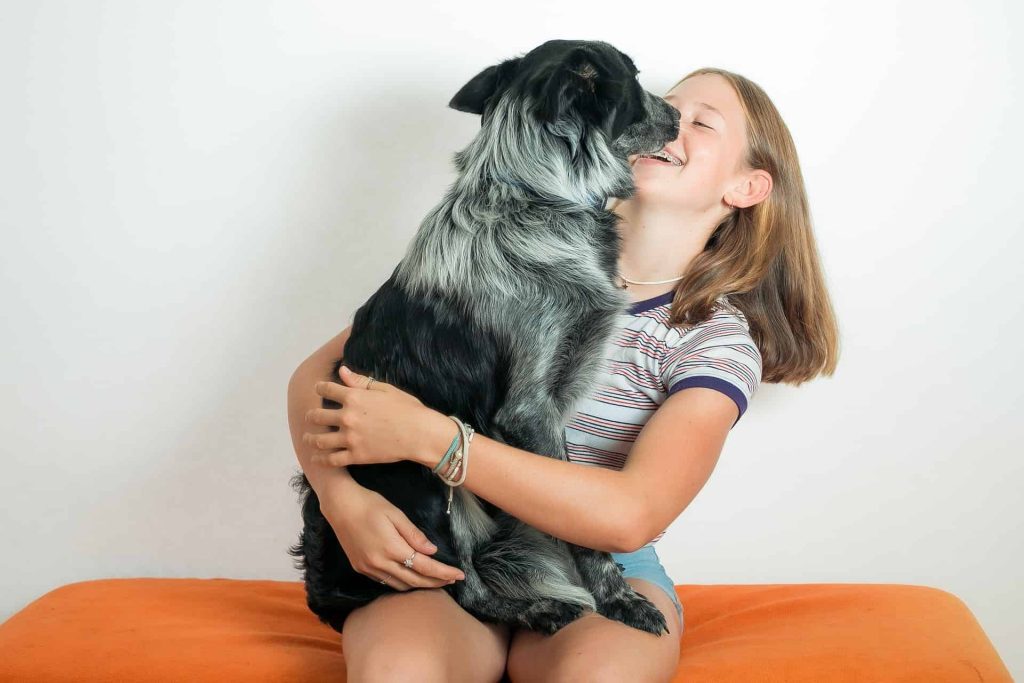
The first animals that people domesticated were dogs, long before other animals. People and dogs still have a strong connection today. Early dogs had practical uses like watching for intruders and helping with hunting. But today's dogs don't serve the same purposes. However, they are still the most popular pets in the United States, so they must be doing something right. They remain the most popular pets in the United States. They must be doing something right.
A recent study by Onyoo Yoo from Konkuk University in South Korea shows that interacting with dogs changes brain activity, leading to less stress and better concentration. Different types of interaction, like playing or petting, trigger different brain activity, each with its own unique brain patterns.
The body processes information which causes different physical responses, reflected in distinct brainwave patterns. An electroencephalogram records changes in electrical signals in the brain, which can be divided into different frequency bands. This study looked at changes in brainwave patterns, specifically looking at alpha and beta waves. Several studies show that high alpha power means relaxation and emotional stability, while beta power means brain attention and concentration. Our research found that participants' alpha-band brain waves increased while playing and walking with dogs, while beta-band brain waves increased while grooming, massaging, or playing with the dog,” said lead researcher Onyoo Yoo in an interview. ZME Science.
The bond between dogs and humans has been shown to have positive effects on humans, such as reducing stress.
Dogs have been shown to have positive effects on humans, such as reducing stress. A 2022 study found that therapy dogs reduce stress in children, both with and without special educational needs. A 2022 study found that therapy dogs reduce stress in children, both with and without special educational needs.
While previous studies focus on measuring mood or stress, the new research goes further by measuring brain waves to see how different types of interactions with dogs affect people's well-being.
Korean researchers had 30 adults interact with a trained dog while wearing EEG electrodes that monitor brain activity. The activities included playing with toys, giving treats, and taking pictures with the dog. After each session, participants reported their emotional states.
Not everyone owned pets, but their fondness for animals likely made them willing to participate in the experiment, which may have influenced the results. Spending time with animals can be very helpful for those who enjoy it,” said Onyoo Yoo.
The results were clear: playing with and walking the dog increased alpha-band oscillations, linked to relaxed wakefulness. Grooming and gentle massage increased beta-band oscillations, which are linked to better concentration. Overall, participants felt less tired, depressed, and stressed after these interactions, no matter their personal history with pets.
Although the research recognizes a potential bias — participants were probably animal enthusiasts — the results highlight the specific advantages of various forms of contact with dogs. This study contributes to a growing body of proof supporting focused animal-assisted therapies, providing new understanding of how spending time with dogs can be helpful for mental well-being.
“The distinct connections between specific activities and their physical effects could be used as a guide for designing targeted animal-assisted interventions,” stated Yoo.
The results were published in the journal PLOS.
Was this helpful?
Related Posts
- Can Hearing Aids Also Save Your Memory?
- Why serotonin makes you happy (or very, very sad)
- Witness the birth of an octopus at the Virginia Aquarium– and learn how it happens
- This is what Mars would look like from a space station









